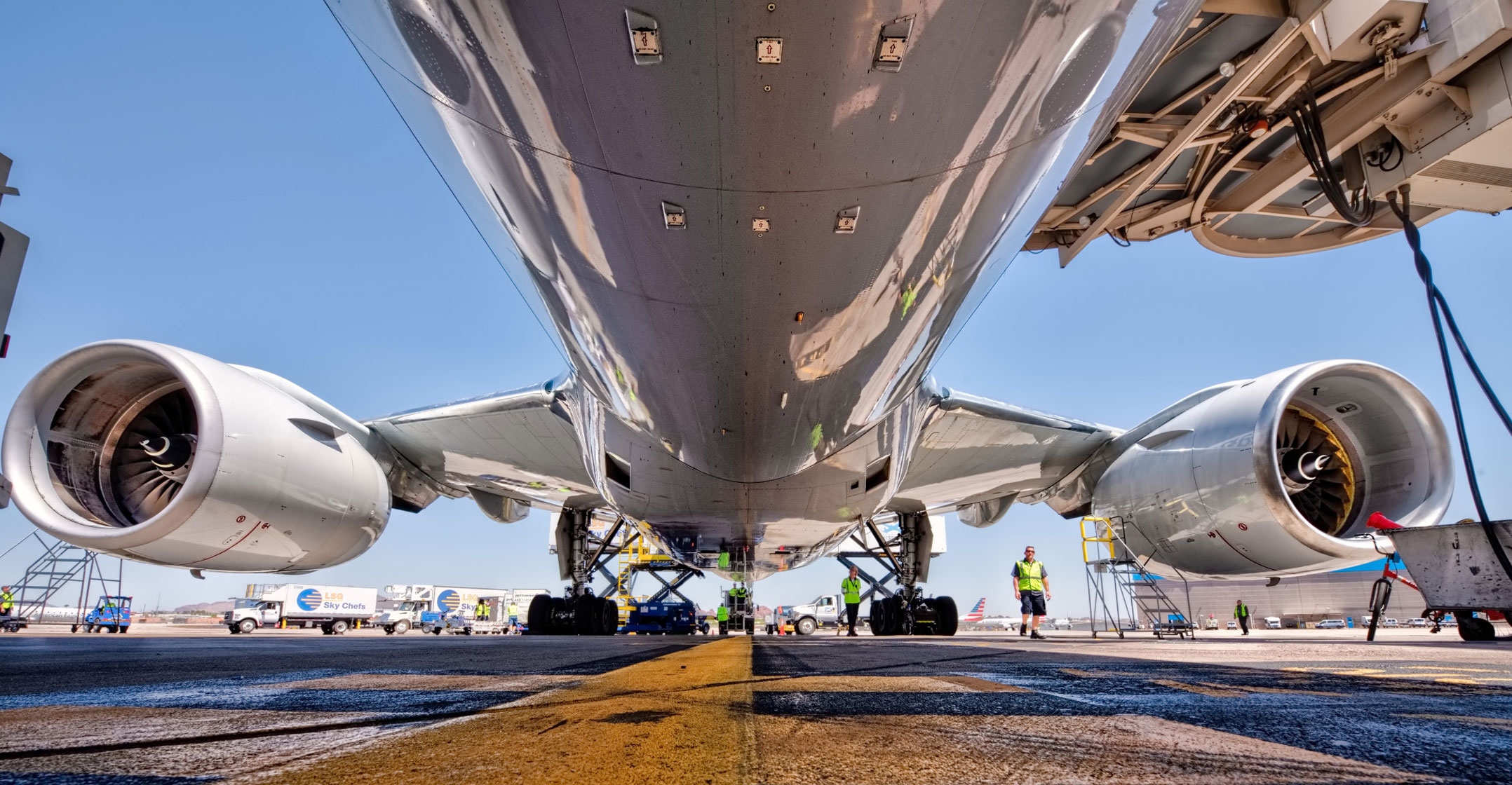 In Boeing’s factory of the future, immersive 3D engineering designs will be twinned with robots that speak to each other, while mechanics around the world will be linked by US$3 500 HoloLens headsets made by Microsoft.
In Boeing’s factory of the future, immersive 3D engineering designs will be twinned with robots that speak to each other, while mechanics around the world will be linked by US$3 500 HoloLens headsets made by Microsoft.
It is a snapshot of an ambitious new Boeing strategy to unify sprawling design, production and airline services operations under a single digital ecosystem — in as little as two years.
Critics say Boeing has repeatedly made similar bold pledges on a digital revolution, with mixed results. But insiders say the overarching goals of improving quality and safety have taken on greater urgency and significance as the company tackles multiple threats.
The plane maker is entering 2022 fighting to reassert its engineering dominance after the 737 Max crisis, while laying the foundation for a future aircraft programme over the next decade — a $15-billion gamble. It also aims to prevent future manufacturing problems like the structural flaws that have waylaid its 787 Dreamliner over the past year.
“It’s about strengthening engineering,” Boeing’s chief engineer, Greg Hyslop, said in an interview. “We are talking about changing the way we work across the entire company.”
After years of wild market competition, the need to deliver on bulging order books has opened up a new front in Boeing’s war with Europe’s Airbus, this time on the factory floor.
Airbus CEO Guillaume Faury, a former automobile research boss, has pledged to “invent new production systems and leverage the power of data” to optimise its industrial system.
Boeing’s approach so far has been marked by incremental advances within specific jet programmes or tooling, rather than the systemic overhaul that characterises Hyslop’s push today.
Digital revolution
The simultaneous push by both plane giants is emblematic of a digital revolution happening globally, as car makers like Ford and social media companies like Facebook parent Meta Platforms shift work and play into an immersive virtual world sometimes called the metaverse.
So, how does the metaverse — a shared digital space often using virtual reality or augmented reality and accessible via the Internet — work in aviation?
Like Airbus, Boeing’s holy grail for its next new aircraft is to build and link virtual, three-dimensional “digital twin” replicas of the jet and the production system able to run simulations.
The digital mockups are backed by a “digital thread” that stitches together every piece of information about the aircraft from its infancy — from airline requirements, to millions of parts, to thousands of pages of certification documents — extending deep into the supply chain.
Overhauling antiquated paper-based practices could bring powerful change.
 More than 70% of quality issues at Boeing trace back to some kind of design issue, Hyslop said. Boeing believes such tools will be central to bringing a new aircraft from inception to market in as little as four or five years.
More than 70% of quality issues at Boeing trace back to some kind of design issue, Hyslop said. Boeing believes such tools will be central to bringing a new aircraft from inception to market in as little as four or five years.
“You will get speed, you will get improved quality, better communication, and better responsiveness when issues occur,” Hyslop said. “When the quality from the supply base is better, when the aeroplane build goes together more smoothly, when you minimise re-work, the financial performance will follow from that.”
Yet the plan faces enormous challenges.
Sceptics point to technical problems on Boeing’s 777X mini-jumbo and T-7A RedHawk military training jet, which were developed using digital tools.
Boeing has also placed too great an emphasis on shareholder returns at the expense of engineering dominance, and continues to cut R&D spending, Teal Group analyst Richard Aboulafia said.
“Is it worth pursuing? By all means,” Aboulafia said. “Will it solve all their problems? No.”
They not only tell us what hardware we can buy, they are now going to specify all this fancy digital junk that goes on top of it?
Juggernauts like aircraft parts maker Spirit AeroSystems have already invested in digital technology. Major plane makers have partnerships with French software maker Dassault Systèmes. But hundreds of smaller suppliers spread globally lack the capital or human resources to make big leaps.
Many have been weakened by the Max and coronavirus crises, which followed a decade of price pressure from Boeing or Airbus.
“They not only tell us what hardware we can buy, they are now going to specify all this fancy digital junk that goes on top of it?” one supply chain executive said.
Boeing itself has come to realise that digital technology alone is not a panacea. It must come with organisational and cultural changes across the company, industry sources say.
Boeing recently tapped veteran engineer Linda Hapgood to oversee the “digital transformation”, which one industry source said was underpinned by more than 100 engineers.
Digital twin
Hapgood is best known for turning black-and-white paper drawings of the 767 tanker’s wiring bundles into 3D images, and then outfitting mechanics with tablets and HoloLens augmented-reality headsets. Quality improved by 90%, one insider said.
In her new role, Hapgood hired engineers who worked on a digital twin for a now-scrapped mid-market aeroplane known as NMA.
She is also drawing on lessons learned from the MQ-25 aerial refuelling drone and the T-7A Red Hawk. Boeing “built” the first T-7A jets in simulation, following a model-based design.
The T-7A was brought to market in just 36 months. Even so, the programme is grappling with parts shortages, design delays and additional testing requirements.
Boeing has a running start with its 777X wing factory in Washington state, where the layout and robot optimisation was first done digitally. But the broader programme is years behind schedule and mired in certification challenges.
“This is a long game,” Hyslop said. “Every one of these efforts was addressing part of the problem. But now what we want to do is do it from end to end.” — Eric M Johnson and Tim Hepher, (c) 2021 Reuters

